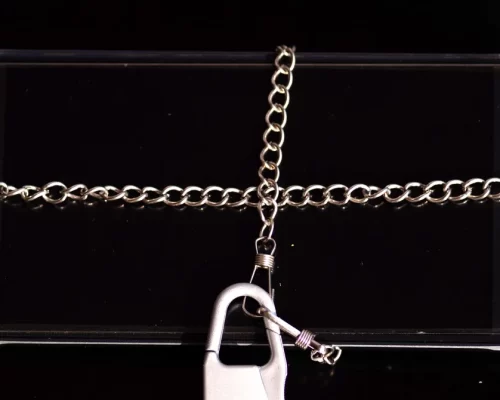Ever since the microchip was invented, technology has developed exponentially beyond people’s imagination. Sometimes we forget that it wasn’t too long ago when cars were driven manually.
Remember those cumbersome sticks with hard plastic ball handles? A time where you had to step on a clutch to shift gears and had to make sure you release it perfectly as you step on the gas so it won’t stall?
Kids today look at a stick shift like it’s a cassette player. Their first reaction is “What the heck?”.
Well, cassette players in cars have been replaced with smart audio systems and even the older cars have the option to upgrade their stereos to touch screen players.
It is what it is
Once Elon Musk decides to go beyond a full invasion of the planet via satellite, we might see Tesla land on our shores sooner than later.
In the meantime, here’s some ways to prepare yourself for the inevitable. The mass arrival of Electric Vehicles in the country and what you should expect if we do catch the next wave.
There are several technologies that are being developed or are already available that have the potential to improve the performance and capabilities of electric vehicles (EVs). Some of these include:
1. Battery technology
One of the biggest challenges facing EVs is the limited range and long charging times of current batteries. Researchers are working to develop new types of batteries, such as solid-state batteries and lithium-sulfur batteries, that can store more energy and charge more quickly than current lithium-ion batteries.
2. Fast charging
Fast charging technology allows EVs to charge more quickly than traditional Level 1 or Level 2 charging. This would enable EV owners to charge their vehicles in a shorter time, making long-distance travel more feasible.
3. Wireless charging
Wireless charging technology uses electromagnetic fields to transfer energy between a charging pad and the vehicle, allowing the vehicle to charge without the need for a physical connection. This technology is still in development but it could further simplify the charging process
4. Solar power
The use of solar power to charge EVs is also being explored. Some companies are developing solar-powered charging stations, and some carmakers are incorporating solar panels into the roofs of their EVs to help extend the range.
5. Advanced energy management systems
Energy management systems can optimize the use of energy in an EV, maximizing the range and reducing the need for frequent charging. This can be done by using GPS and mapping data to plan the most efficient routes and by using real-time data about weather and traffic conditions to adjust power usage.
6. Vehicle-to-grid (V2G) technology
V2G allows EVs to send excess energy stored in their batteries back to the grid, providing a source of renewable energy and reducing the strain on the power grid during peak usage times.
These are some of the most promising technologies for improving the performance and capabilities of electric vehicles. While some of these are already available in some EV models, others are still in development and are not yet widely available.
In the meantime —- Hybrid is the gateway tech to a full EV transition
The Philippines at this point is slowly easing into it with hybrid vehicles being introduced by the big manufacturers. Toyota has led the charge with its Prius, Camry and Yaris hybrids.
Hyundai, Honda and Lexus have their own versions as well for their popular models.
And the rest are expected to follow suit.
Embrace the change
Hybrid vehicles combine the old with the new technology. A compromise if you will.
This conveniently allows the very slow transition of the world’s fossil fuel dependence to a more green friendly alternative and the building of infrastructure to support that. Eventually, setting up a charging grid/network for EVs is a must.
As a matter of fact even the top oil producers like Saudi Arabia and Russia recognize the imminent rise of EVs and its ecosystem. They are already investing heavily in green technology and alternative sources of energy.
This is a quick indication that inevitably we will run out of oil deposits and for us to overcome this we need to embrace the changes starting with our vehicles.
Whether you like it or not, the future is already here.



























